Summary
- Modernist european design did not become a significant influence in america until the 1930s
- Graphic design in America 1920s-1930s was dominated by traditional illustrations (art nouveau billboards/posters)
- However, the modern approach slowly gained ground on several fronts: book design, editorial design for fashion business magazine, and promotional and corporate graphics (logo, advertising)
- When Tschichold "elementare typographie" insert was publicised in america advertising and graphic design arts venues, it caused considerable excitements for the americans.
- Many editors and writers attacked it as "typographic fireworks" and a "typographic revolution" of "insane juggling of type by a band of crazy, foreign type anarchist"
- However, there are small number of american typographers and designers recognised the vitality and functionalism of the new ideas
- In the late 1920s typefaces like "futura" and "label" became available in america, moving the modern movement forward
- Many famous book designers considered to participate in the transition between traditional goudy and rogers to the new typography of tschichold
- Book designers like Willia, Dwiggins (knopf) began experimenting with uncommon title-page arrangements and two-column book formats
Immigrants to America
- Cultural leaders from Europe including many graphic designers, came to America
- The design language they brought with them, and the changes imposed on their work by their American experience, form an important phase of the development of American graphic design
- There was this artist called Erte, who is russian-born, and french-educated immigrants who designed the illustrations cover for Harper's Bazaar
- Also there was Dr. Mehemed Agha, who was the first art director trained in modern deisgn to guide the graphic design destiny of a major american movement. He designed major fashion magazines such as Vogue, American Vogue, and Vanity Fair, etc
- And there was also Alexey Brodovitch, who was the art director for Harper's Bazaar, uses the open space balancing text was energized by the art of photography he learned from major european artist like A.M. Cassandre, Salvador Dali, and Man Ray
- The rising tide of Nazism in Europe created the greatest transnational migration of intellectual and creative talent in history
- Scientist, authors, architects, artist, and designers left Europe and fine new home in North America during late 1930s
- Among them were the artists Max Ernst, Marcel Duchamp, and Piet Mondrian
- When Nazi closed School of Bauhaus in 1933, most of the Bauhaus artists also move to America and make significant contribution to design
- Sponsored by the association of arts and industries, Moholy-Nagy arrived in Chicago in 1937 and established the new School of Bauhaus
The War Years
- While the war's trauma disrupted the ability of many governments to produce graphic propaganda, a diverse group of painters, illustrators, and designers, received commissions from the U.S. office of war information
- America's wartime graphics spanned a range of posters to informational training materials and amateurish cartons
- Lester Beall
The New York School
- The first wave of modern design in America was imported by talented immigrants from Europe
- While borrowing freely from the work of european designers, Americans added new forms and concepts to the tradition of graphic design
- New York city became the new Paris, because it accepted new ideas and images during early 20th century
Paul Rand (1941-1996)
- At the age of 23, Paul Rand began his career as a promotional editorial designer for the magazines Apparel Arts, Esquire, Ken Coronet, and Glass Packer
- He was deeply influenced by the knowledge of the modern movement, particularly from the works of Klee, Kandinsky, and Cubist artist
- His ability to manipulate visual form and skilful analysis of communications content, reducing it to symbolic essence without being sterile or dull
- Direction Magazine 1940
- Shows the important role of visual and symbolic contrast
- The hand written christmas tag on a crisp rectangle created a collage element
- A christmas package wrapped with barbed wire instead of ribbon was a grim reminder of the global war
- The red dots are symbolic for holiday decoration or blood drops
Bill Bernbach (1911-1982)
- A copywriter who work closely together with Paul Rand for the Weintraub advertising agency
- He was one of the three founders in 1949 of the international advertising agency Doyle Dane Bernbach (DDB)
- He directed many of firm's breakthrough ad campaigns and had a lasting impact on the creative team structures now commonly used by ad agencies
Alvin Lustig (1915-1955)
- He incorporated his subjective vision and private symbols into graphic design
- At age of 21 he operated a graphic design and printing business in the streets of LA
- His designs based on symbols to capture the essence of the contents and treating form and content as one, made him an influential book cover artist
Alex Steinweiss (b 1916)
- Was the art director for Columbia Records
- The modern design sensibilities of the 1940s were applied to record-album design of his visual forms and shapes to express music
- He approaches space informally, elements were placed on the field with a casual balance sometimes bordering on random scattering of forms
Bradbury Thompson (1911-1995)
- Emerged as one of the most influential graphic designers in postwar America
- After graduated from Washburn College in Kansas, he worked for printing firms for several years before moving to New York
- He uses good amount of knowledge in printing and typesetting, combined with an adventurous spirit of experimentation, allowed him to expand the range of design possibilities
Saul Bass (1921-1996)
- A new york native who moved to California in 1950 and opened a design studio and got design jobs from motion pictures
- He got inspired by Paul Ran's style of shapes and asymmetrical balance of the 1940s
- For his designs, he reduced his graphic design to a single dominant image, often centred in the space
- He stripped visual complexity from american graphic design and reduced message to simple pictographic images
George Tscherry
- Is a native of Budapest, Hungary, migrated to US as a child and received his visual education there
- He was head of graphic design department for the new york design firm George Nelson & Associates before he opened his own design firm in 1956
- His vocabulary of techniques including typographic, photography, simple calligraphic brush drawing, and the bold, simple shapes from cutting coloured papers
- He reduced complex content to an elemental graphic symbol expressing the underlying basic for, of the subject is constant
An Editorial Design Revolution
- During the 1940s only a moderate number of american magazines were designed well (Fortune, Vogue, Harper's Bazaar)
- Fortune magazine were art directed by Will Burtin and Leo Leoni
- Vogue by Dr. Agha
- Harper's Bazaar by Alexey Brodovitch
Cipe Pineles
- Cipe pineles (1910-1991) made a major contribution to editorial design during the 1940s and 1950s
- Pineles art directed glamour magazine, seventeen magazine, charm, and mademoiselle
- Pineles often commissioned illustrations from fine artists, resulting in editorial pages that broke with conventional imagery
- Her designs were characterised by a lyrical appreciation of colour, pattern, and form
Corporate Identity and Visual System
IBM Reconstruction Logo:
William Golden CBS:
Animated film sequence logo, Westinghouse trademark:
Lester Beall:
Chermayeff and Geismar:
Symbol signs and signage system:
The Music Television Logo:


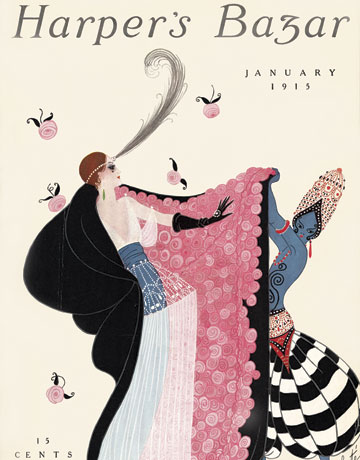





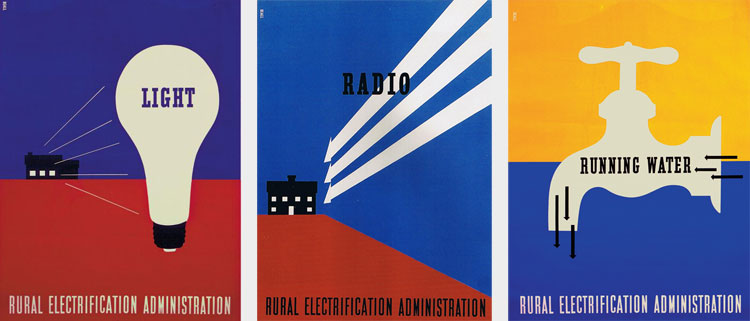






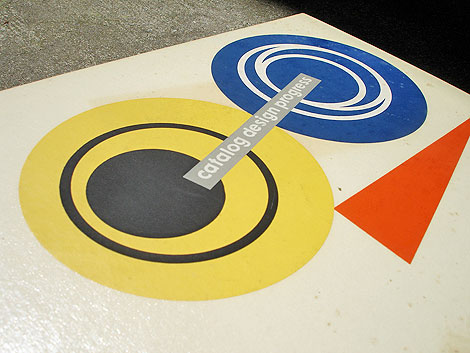




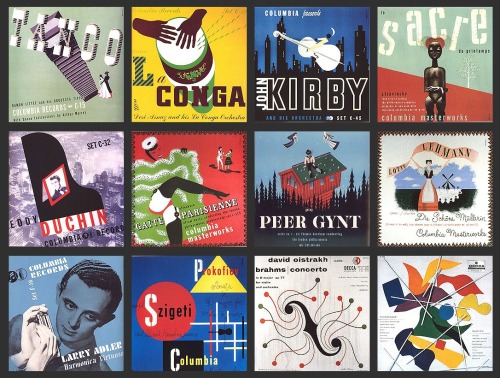









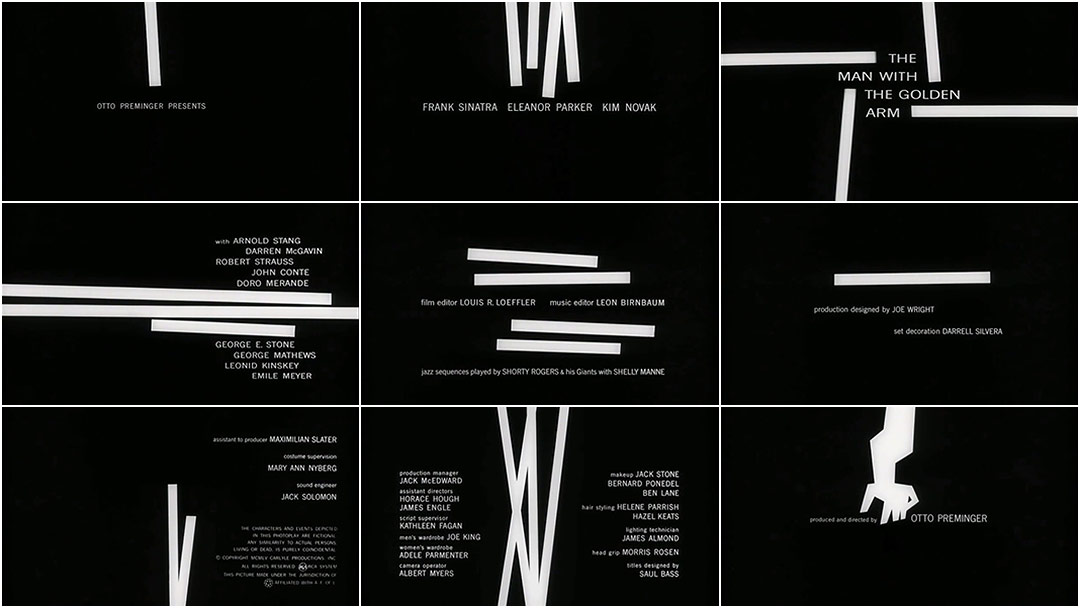


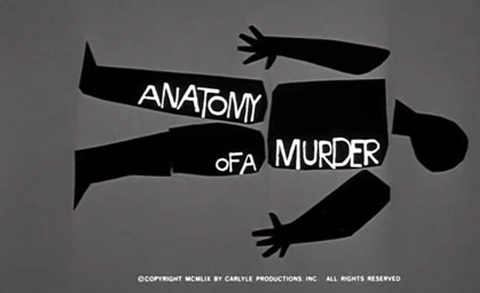
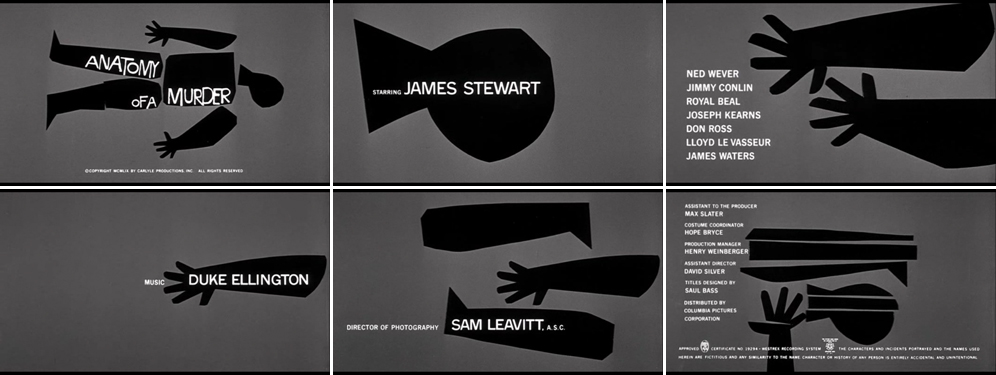












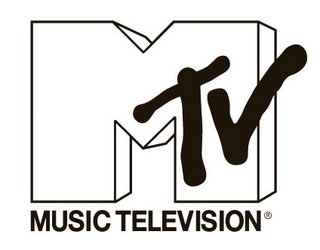





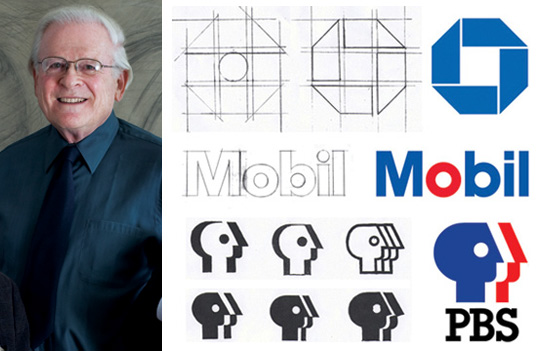



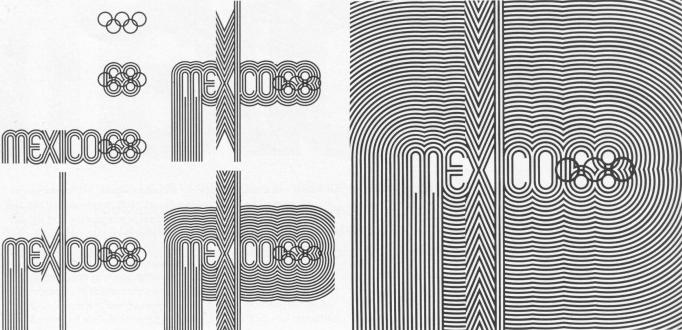


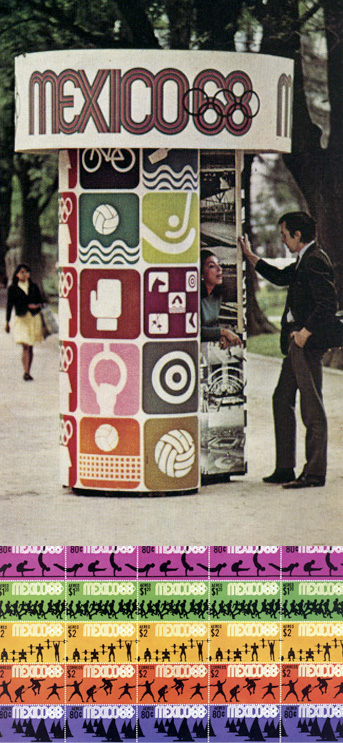




No comments:
Post a Comment